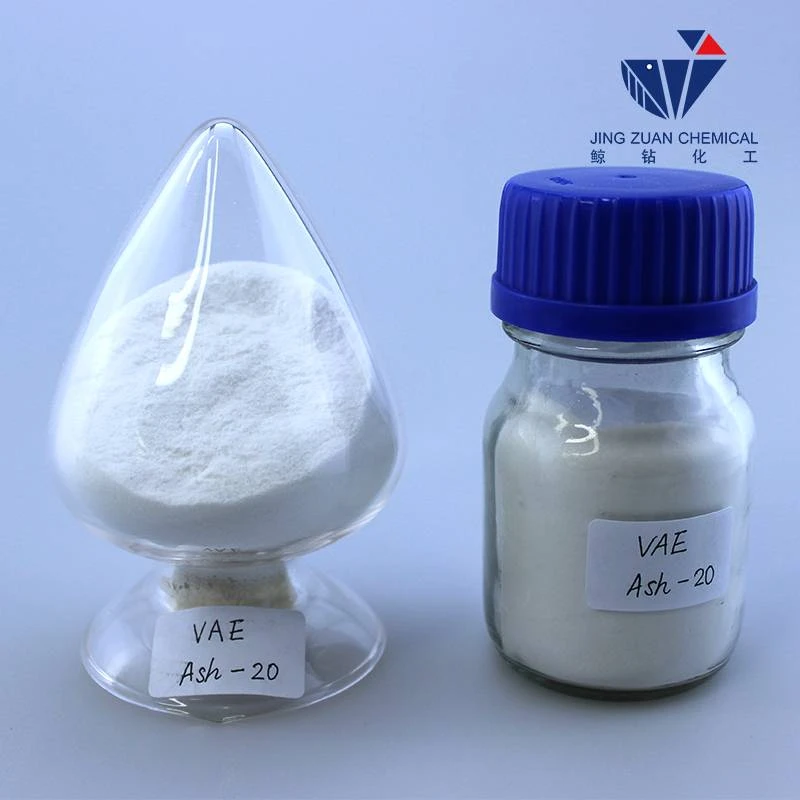
Dec . 04, 2024 10:39 Back to list
hydroxypropyl methyl cellulose hpmc
Understanding Hydroxypropyl Methyl Cellulose (HPMC) A Versatile Polymer in Various Industries
Hydroxypropyl Methyl Cellulose (HPMC) stands as a prominent member of the cellulose derivative family, recognized for its versatile properties and widespread applications across diverse sectors, including pharmaceuticals, food, construction, and cosmetics. This semi-synthetic polymer is derived from cellulose, which is a natural polymer obtained from plant sources. The modification of cellulose into HPMC increases its functionality, making it an indispensable ingredient in numerous formulations.
Chemical Structure and Properties
HPMC is a non-ionic cellulose ether, characterized by the substitution of hydroxyl groups in the cellulose molecules with hydroxypropyl and methyl groups. This chemical modification imparts unique properties to HPMC, such as enhanced solubility in water and the ability to form viscous solutions. The degree of substitution and the molar substitution ratio of HPMC can be tailored to achieve specific characteristics, making it suitable for various applications.
HPMC's compatibility with both hydrophilic and hydrophobic substances allows it to serve effectively as a thickening agent, emulsifier, film-former, and stabilizer. Its gel-forming ability provides a smooth texture in formulations, which is particularly beneficial in the cosmetic and pharmaceutical industries.
Applications in Pharmaceuticals
In the pharmaceutical industry, HPMC plays a critical role as an excipient in drug formulations. Its ability to form gels and control the release of active ingredients makes it a popular choice for sustained-release and controlled-release dosage forms. HPMC enables the formation of matrix tablets, which allow for a gradual release of the medication over an extended period. This controlled release is essential for improving patient compliance, as it reduces the frequency of dosing.
Moreover, HPMC is utilized in the preparation of various dosage forms, including suspensions, ointments, and gels. Its water retention properties ensure that formulations maintain their desired viscosity and stability, essential for effective drug delivery.
Food Industry Utilization
hydroxypropyl methyl cellulose hpmc

In the food industry, HPMC is employed as a food additive for its thickening, binding, and emulsifying properties. It can be found in products such as sauces, dressings, bakery goods, and dairy products. HPMC enhances texture, mouthfeel, and overall product stability. Additionally, it acts as a calorie-reducing agent in low-fat formulations, providing bulk and texture without significantly adding calories.
As a vegetarian and vegan alternative to gelatin, HPMC is increasingly popular in plant-based food products, allowing manufacturers to cater to the growing demand for meat and dairy alternatives.
Contributions to Construction
The construction industry also benefits from HPMC due to its water-retention and thickening capabilities. It is frequently used in cement-based products, such as mortars, plasters, and tile adhesives. HPMC improves workability, operability, and bonding properties, making it a valuable additive in construction materials. Its ability to retain water enhances the curing process, leading to stronger and more durable structures.
Cosmetic Applications
In cosmetics, HPMC is favored for its film-forming and emulsifying features. It is commonly found in the formulation of lotions, creams, shampoos, and hair gels. HPMC helps stabilize emulsions, ensuring even distribution of ingredients, and provides a pleasant texture that enhances the consumer experience. Its compatibility with various ingredients makes it a staple in cosmetic formulations.
Conclusion
Hydroxypropyl Methyl Cellulose (HPMC) exemplifies the importance of cellulose derivatives in modern industry. Its broad range of applications, from pharmaceuticals and food products to construction materials and cosmetics, highlights its versatility and functionality. As research continues to uncover new uses for HPMC, its significance across various sectors is likely to grow, making it a critical component in innovative formulation strategies. The continued study of HPMC promises to further enhance its applications, aligning with industry trends toward sustainable and effective solutions.
-
Versatile Hpmc Uses in Different Industries
NewsJun.19,2025
-
Redispersible Powder's Role in Enhancing Durability of Construction Products
NewsJun.19,2025
-
Hydroxyethyl Cellulose Applications Driving Green Industrial Processes
NewsJun.19,2025
-
Exploring Different Redispersible Polymer Powder
NewsJun.19,2025
-
Choosing the Right Mortar Bonding Agent
NewsJun.19,2025
-
Applications and Significance of China Hpmc in Modern Industries
NewsJun.19,2025







